I have a workbook, which I’ve protected at the “user interface only” level from within VBA. When the user attempts to make a change, they get the usual message box. What I’d like to do is replace this with a custom message, perhaps even a userform with a help button, to direct them to the custom commandbar, from which they can make their intended changes. It would be nice if I could also capture what they intended doing (insert, delete, modify) so that they could even be directed to the appropriate button on the custom commandbar.
Is this kind of event hooking at all possible? Ideas on how to achieve this behavior appreciated.
Alan


